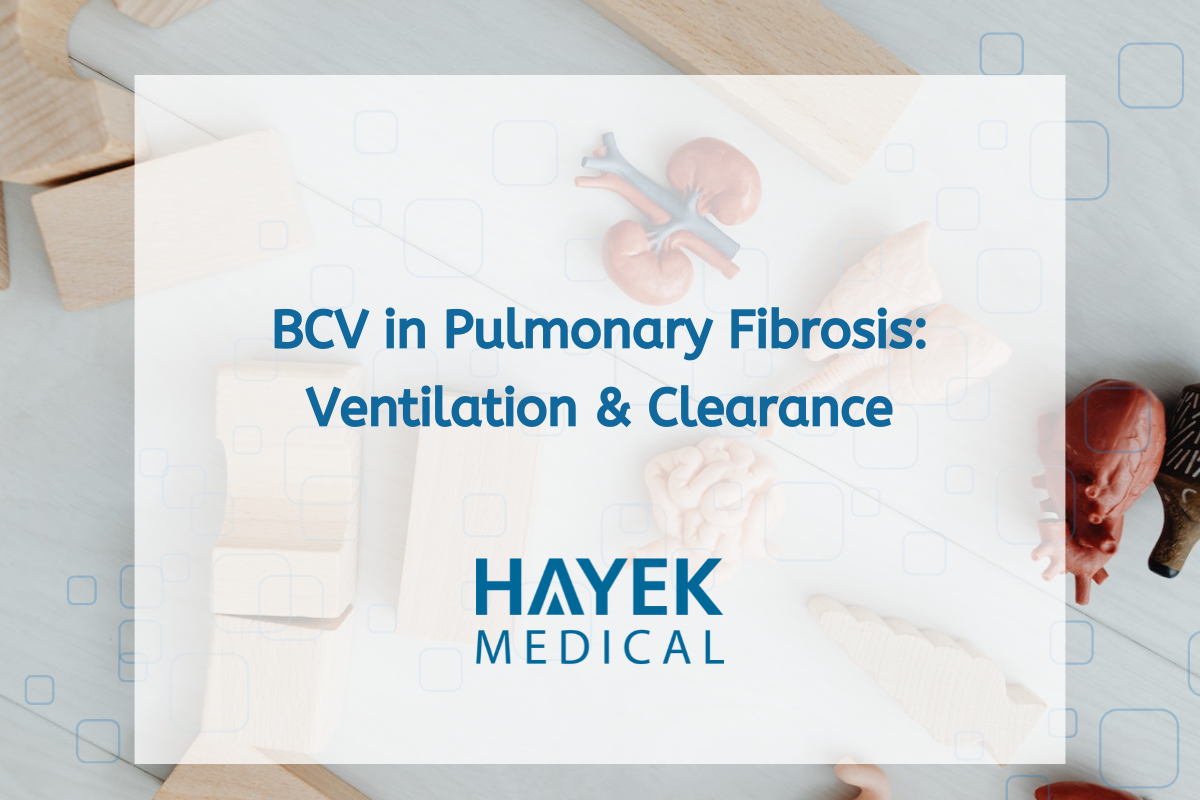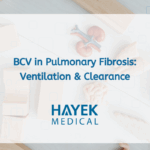
What is Diaphragmatic Paralysis and Why Non-Invasive Support Matters
Diaphragmatic paralysis is a serious condition where one or both sides of the diaphragm lose function, impairing the body’s ability to breathe naturally. This dysfunction often results in respiratory insufficiency, weakened cough, recurrent infections, and, if untreated, respiratory failure. For those affected, non-invasive ventilation for diaphragmatic paralysis offers a critical method of restoring breathing support without the complications of mask-based systems.
Causes and Symptoms of Diaphragmatic Paralysis:
- Phrenic nerve injury from trauma or surgery
- Neurological disorders such as Amyotrophic Lateral Sclerosis (ALS), Myasthenia Graves, and Guillain-Barré Syndrome
- Inflammatory conditions affecting the nervous system
While some cases resolve with time or pulmonary rehabilitation, chronic cases typically require non-invasive ventilatory support.

Challenges with Pressure-Based Ventilation
- Claustrophobia from using facial masks
- Gastric bloating due to airway swallowing
- Airway dryness and irritation
- Risk of lung over distension if not properly managed
While some cases resolve with time or pulmonary rehabilitation, chronic cases typically require non-invasive ventilatory support.
Hayek BCV: A Superior Alternative in Non-Invasive Ventilation for Diaphragmatic Paralysis
Biphasic Cuirass Ventilation (BCV) offers a ground breaking approach to non-invasive ventilation for diaphragmatic paralysis. The Hayek BCV uses an external cuirass shell over the chest that simulates natural breathing patterns by applying:
- Negative Pressure during inhalation
- Positive pressure during exhalation
This biphasic action enhances diaphragm movement, improves gas exchange, and reduces many of the complications associated with traditional PAP therapies.
Why Hayek BCV is Different
- Fully external, mask-free ventilation
- Enhanced cough and secretion clearance
- Improved comfort, independence, and quality of life
- Fewer side effects and better compliance





